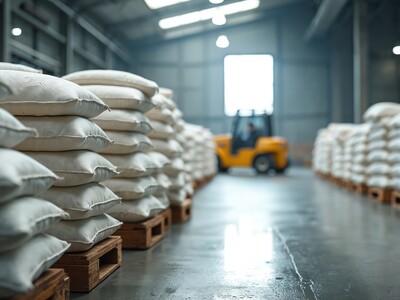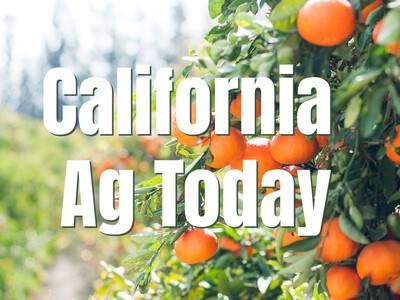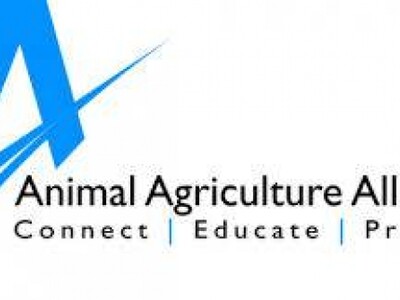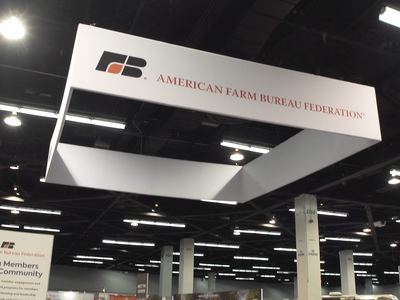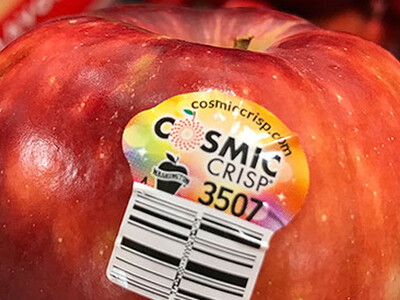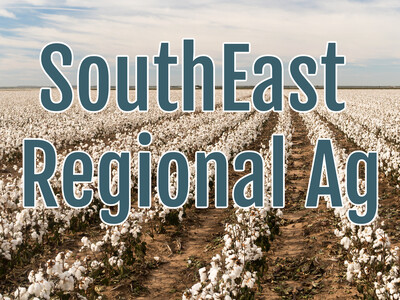Changes to Livestock Risk Protection
This month, the USDA’s Risk Management Agency announced changes to the Livestock Risk Protection insurance program for swine, fed cattle and feeder cattle. The improvements, which include moving premium due dates and increasing premium subsidies, will be implemented by July 1 for the 2021 crop year. In addition to the changes, RMA is authorizing additional flexibilities, spurred by the coronavirus, for producers working with approved insurance providers.LRP Insurance
LRP is an insurance plan designed to protect against a decline in market price. LRP is typically available for fed cattle, feeder cattle, swine and lamb. Policyholders may choose from a variety of coverage levels and insurance periods that match the time livestock would normally be marketed. Interested producers must submit a one-time application for coverage, and once the application is accepted, producers may purchase specific coverage endorsements daily throughout the year. Premium rates, coverage prices and actual ending prices are posted online daily.
Coverage levels range from 70% to 100% of the expected price, and if at the end of the insurance period the actual ending price is below the insurance guarantee, a producer will receive an indemnity payment for the difference between the coverage price and the actual ending value. Producers must purchase all LRP coverage through an approved livestock insurance agent, a list of which is maintained on the RMA website. LRP insurance runs on a crop year of July 1 to June 30 and does not cover any peril, such as mortality, individual marketing decisions or physical damage to the livestock, other than change in price
Note: The Federal Crop Insurance Corporation recently suspended sales of LRP for lamb due to data availability issues, so LRP-Lamb will not be discussed further in this article.
Fed Cattle
For LRP-Fed Cattle insurance, producers can buy specific coverage endorsements for up to 2,000 head of heifers and steers, weighing between 1,000 and 1,400 pounds, that will be marketed for slaughter near the end of the insurance period. Producers face an annual limit of 4,000 head for each crop year. All insured cattle must be located in an approved state at the time of purchase for insurance coverage.
Specific coverage endorsements are available in lengths of 13, 17, 21, 26, 30, 34, 39, 43, 47 and 52 weeks. The actual ending value for LRP-Fed Cattle is the price of fed cattle as calculated by AMS in the 5 Area Weekly Weighted Average Direct Slaughter Cattle report. The price series is the Live Basis Sales, Steers, “35-65% Choice” category.
Feeder Cattle
For LRP-Feeder Cattle insurance, producers can purchase specific coverage endorsements for up to 1,000 head of feeder cattle that are expected to weigh up to 900 pounds at the end of the insurance period. The annual limit per producer is 2,000 head for each year, and all insured calves and cattle must be located in a state approved for LRP-Feeder Cattle at the time the policy is purchased.
Each specific coverage endorsement can be purchased for a length of 13, 17, 21, 26, 30, 34, 39, 43, 47 or 52 weeks. Coverage is available for calves, steers, heifers, predominantly Brahman cattle and predominantly dairy cattle. Producers have the option of choosing from two weight ranges, under 600 pounds or between 600 and 900 pounds. The actual ending value for LRP-Feeder Cattle is the weighted average price of feeder cattle calculated by the Chicago Mercantile Exchange for the cash-settled commodity index price multiplied by a price adjustment factor for each type of feeder cattle and weight category.
Swine
For LRP-Swine insurance, producers can buy specific coverage endorsements for up to 20,000 hogs that are expected to reach market weight near the end of the insurance period. The annual limit per producer is 75,000 hogs for each crop year, and the length of insurance coverage available for each specific coverage endorsement is 13, 17, 21, or 26 weeks.
LRP coverage sales are typically offered every market trading day and run from the afternoon after market close until the following morning. The actual ending value for LRP-Swine is the weighted average price of lean hogs, which is derived using two producer sold data series in the Negotiated and the Swine or Pork Market Formula categories. This is the same price series used to settle the lean hog futures contract at the CME.
An Example of LRP Calculations
Let us examine a hypothetical LRP-Fed Cattle situation and calculate what the premium and indemnity would be. Let’s say an operation has 100 head of fed cattle and anticipates marketing the cattle at 1,100 pounds, or 11 cwt, each. They have selected a coverage level of 95.8%. In this example we will assume they purchase today and visit the RMA website to view available LRP coverage prices, rates and actual ending values. The producer sees that for fed cattle in Texas, the current expected ending value for a 17-week endorsement is $99.42/cwt, the coverage price is $95.25 (the endorsement price multiplied by the coverage level), and the rate, which is contained in a rate table published daily in the actuarial documents, is 4.1407%. Actuarial rates depend on the coverage price and endorsement length selected. Note that the 17-week endorsement that would settle in mid-October is purchased in mid-June, at which point if there was a price loss an indemnity would be paid.
Calculating the Producer Premium
First, one must determine the insured value, which can be calculated by the following formula:
Insured Value = Number of Head X Target Weight X Coverage Price X Insured Share
In this case, the number of head is 100, the target weight is 11 CWT, the coverage price is $95.25, and the insured share is 100%, leading the insured value to be $104,775.
Then the total premium needs to be calculated:
Total Premium = Insured Value X Rate
In this case, we have already calculated the insured value, and we know the rate from the actuarial tables is 4.1407%, resulting in a total premium of $4,338 for the insured value. This is the total premium, not accounting for the subsidy factor. To calculate the premium actually owed by the producer the subsidy must be calculated.
Producer Premium = Total Premium - [Total Premium X Subsidy Factor]
We have already calculated the total premium of $4,338, and we know the subsidy factor for this coverage range is 20%, which would result in a premium of $3,471 owed by the producer.
Calculating the Indemnity
Let’s hypothetically say that as mid-October rolls around and the COVID-19 demand destruction has magnified at the consumer level driving prices of the 5-area fed steer price down to $90. This would mean the actual ending value has fallen below the coverage price of $95.25, which would trigger an indemnity payment to the producer. Calculating the indemnity due to the producer is relatively simple:
Indemnity Amount = Number of Head X Target Weight X [Coverage Price – Actual Ending Value] X Insured Share
Since we know the producer purchased LRP for 100 head at a target weight of 11 cwt at an insured share of 100%, we can now plug in the difference between the coverage price of $95.25 and the actual ending price of $90. Doing so results in an indemnity payment of $5,775, an amount that is $2,304 above what the producer paid for the policy. The net indemnity to the producer would be $2,304.







